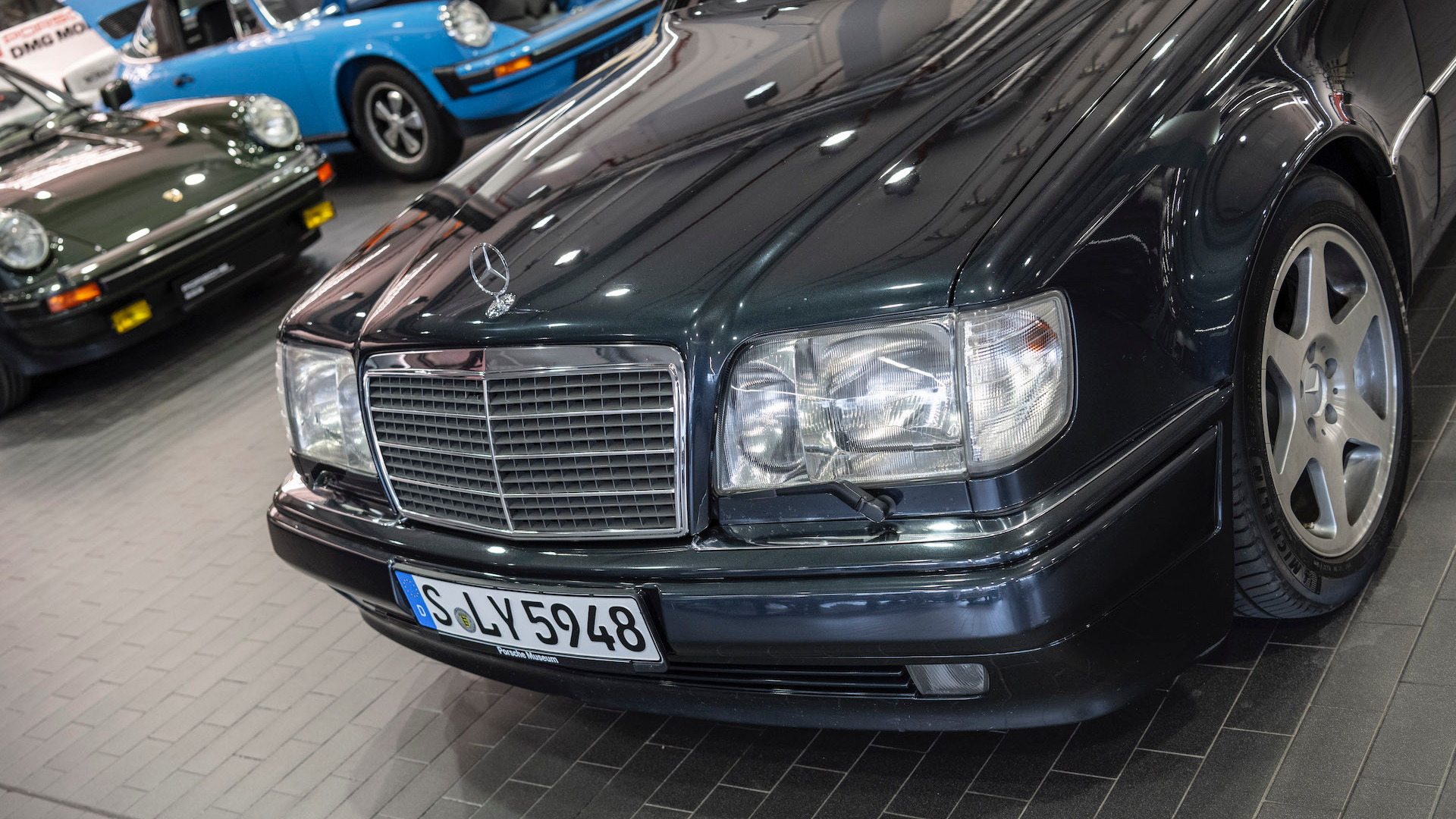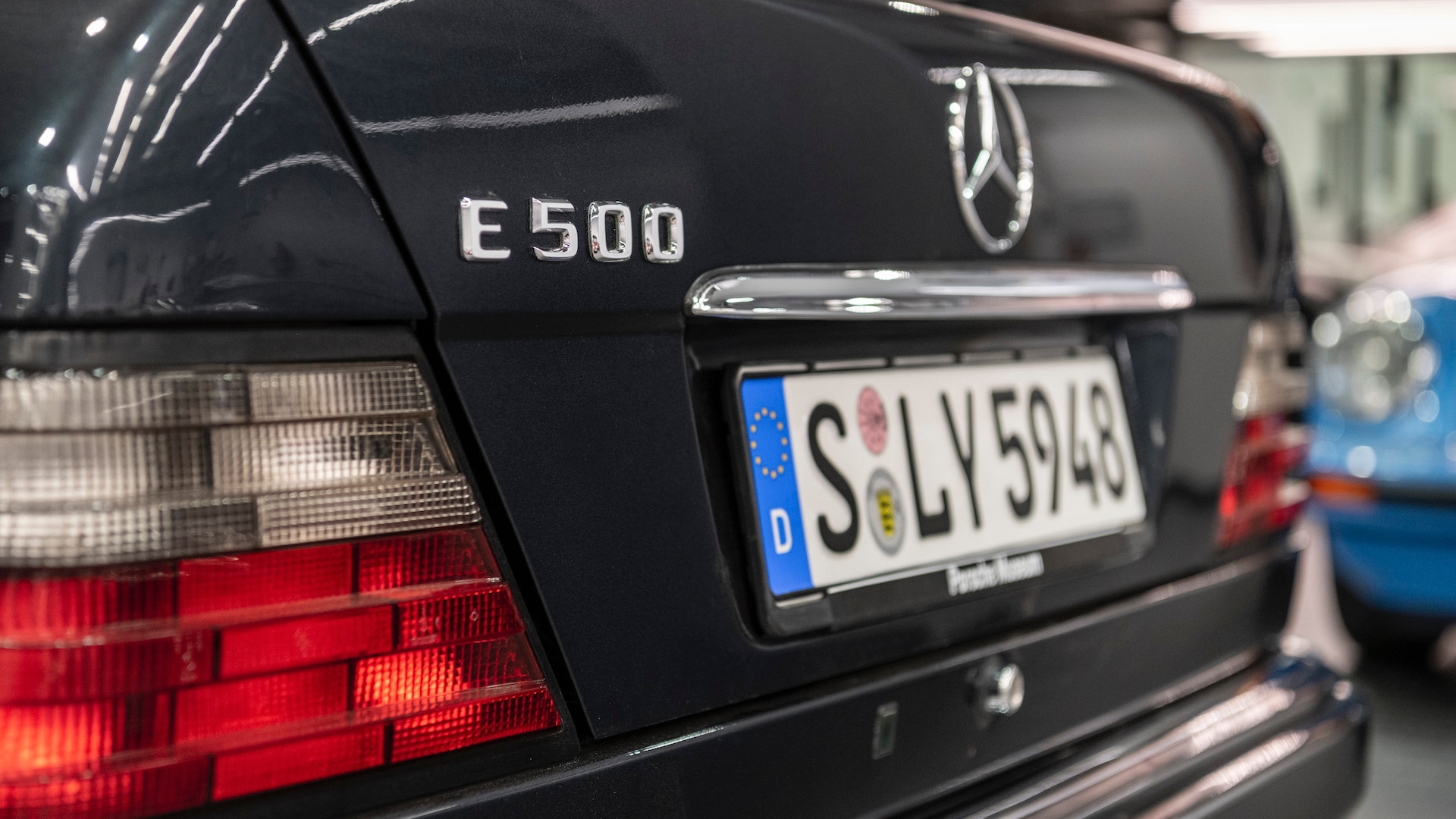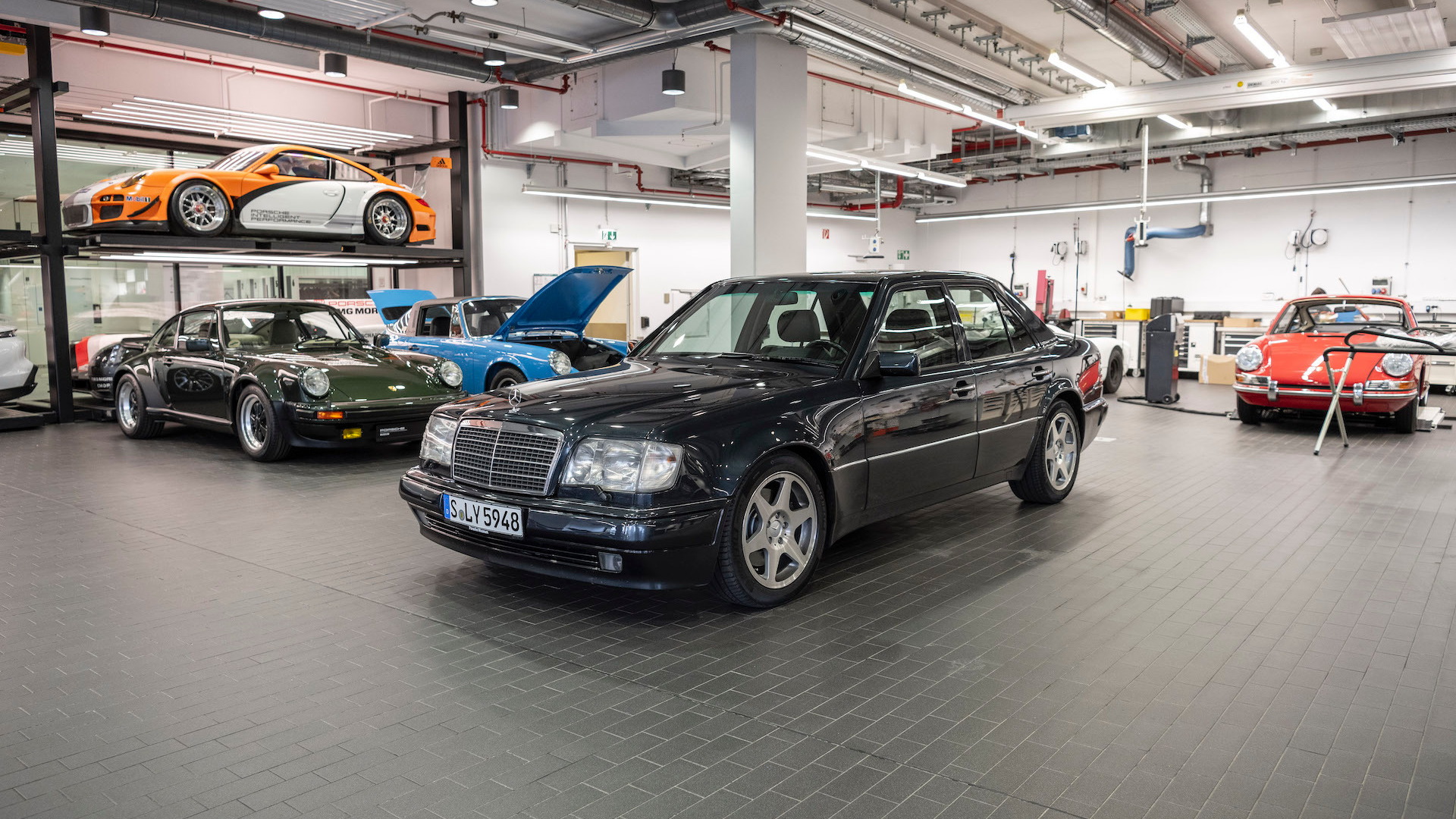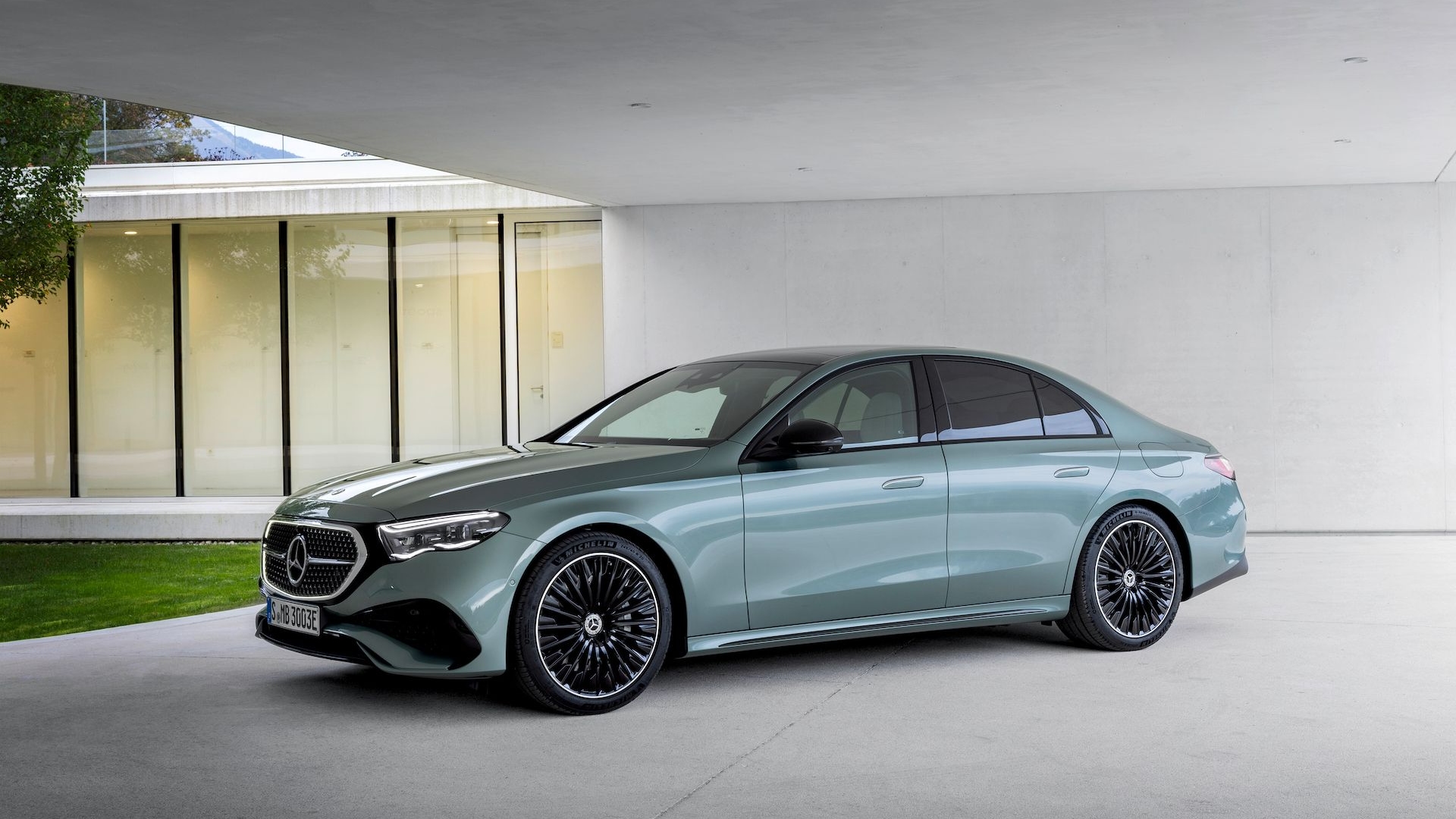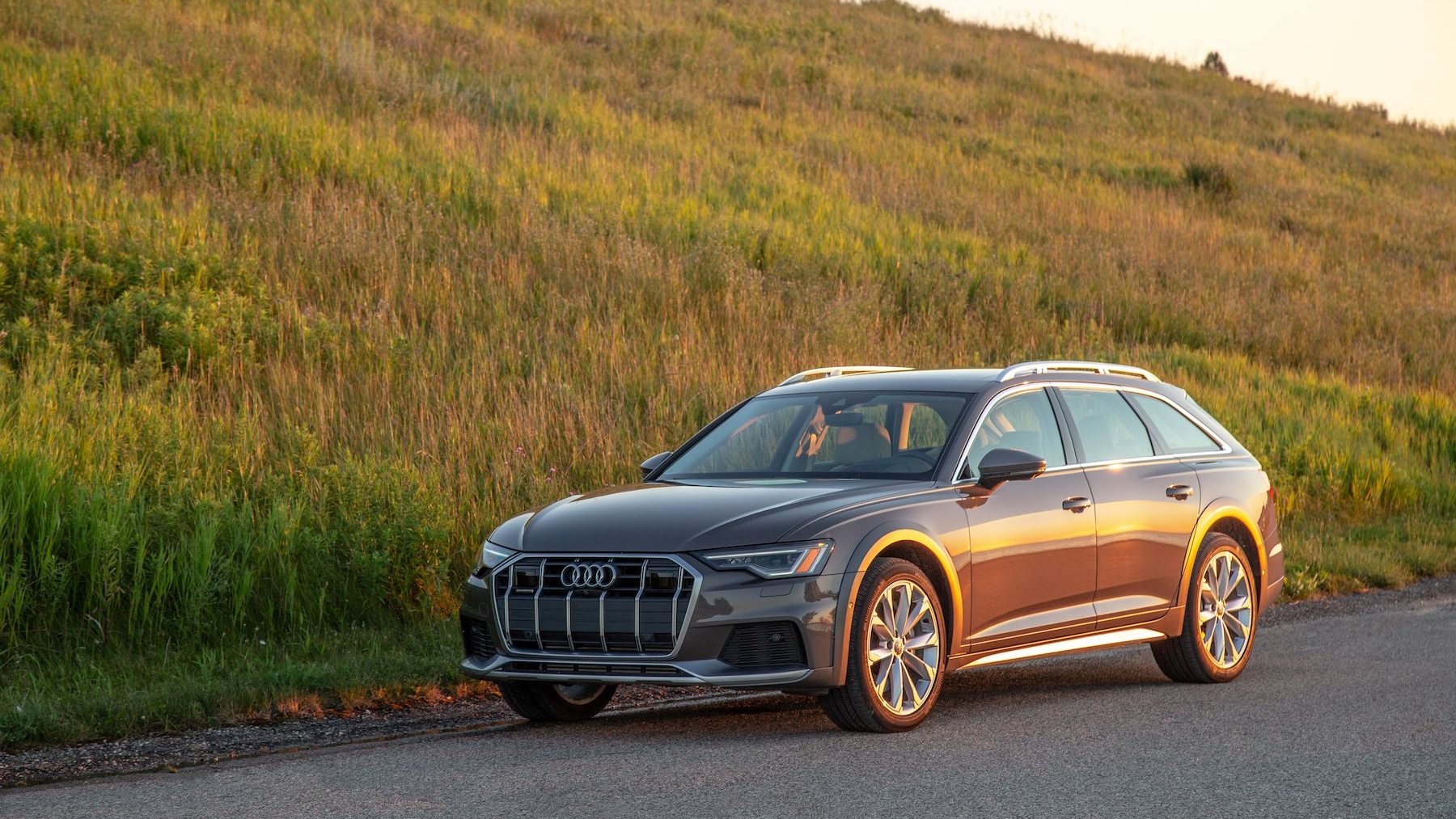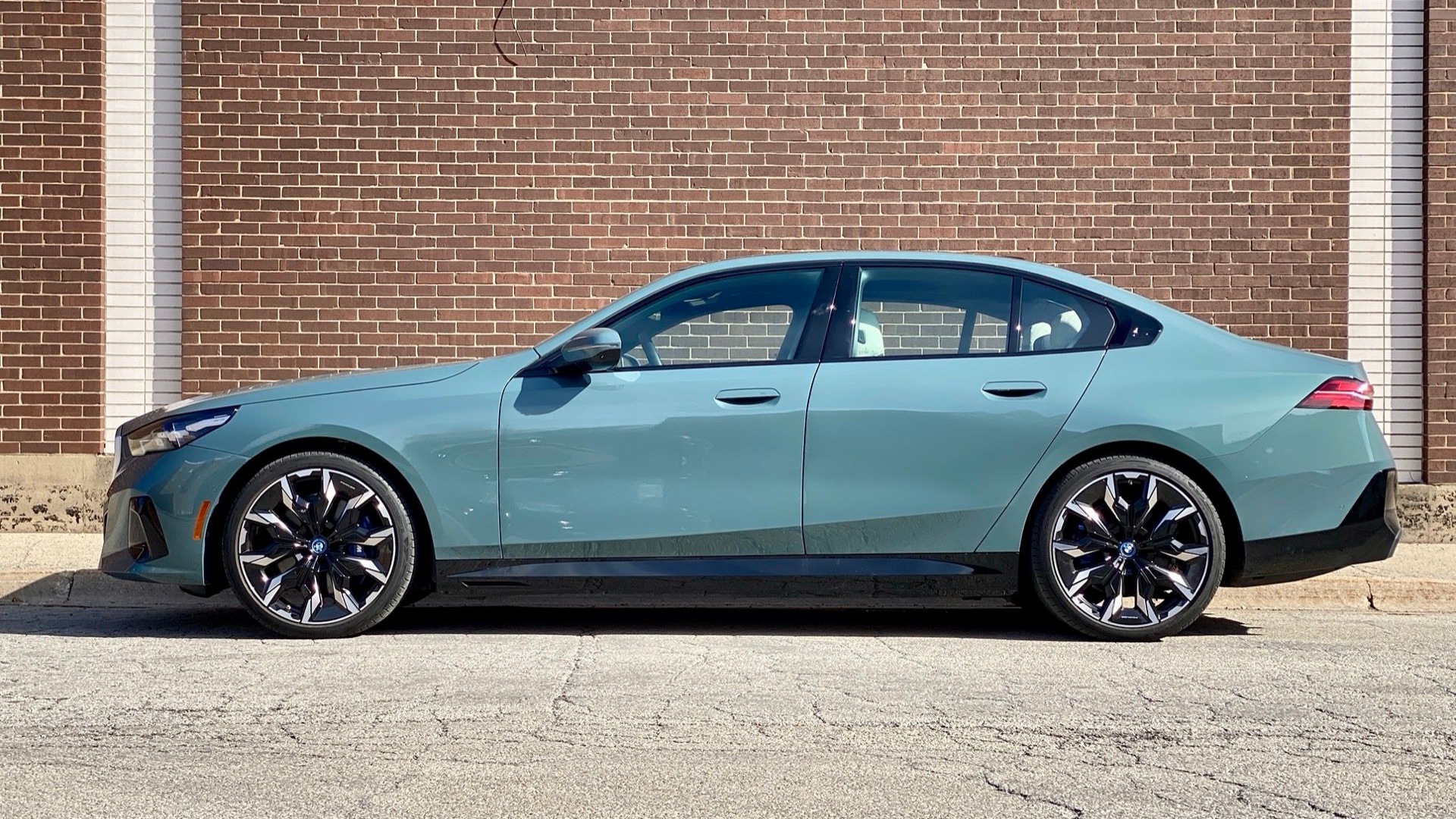AMG is rightfully regarded as the performance arm of Mercedes-Benz, even going back to the 1970s before the mothership took control of the little tuner shop. But for a brief moment in time, rival German automaker Porsche helped develop and build a Mercedes-Benz performance car. It was the 1991 Mercedes-Benz 500 E, and it's celebrating its 30th anniversary.
The 500 E was based on the W124 generation of the venerable E-Class, but it was a low-volume, high-performance model that Mercedes needed help to build because a wider body wouldn't fit down its assembly line. The timing was right for Porsche, which was in financial trouble, so the project worked out well for both automakers.
Porsche was responsible for turning the W124 E-Class into a V-8-powered sport sedan and for much of the car's build process. To commemorate the car's 30th birthday, Porsche produced two videos featuring two of the engineers who worked on the project, Michael Hölscher, project manager development, and Michael Mönig from prototype management.
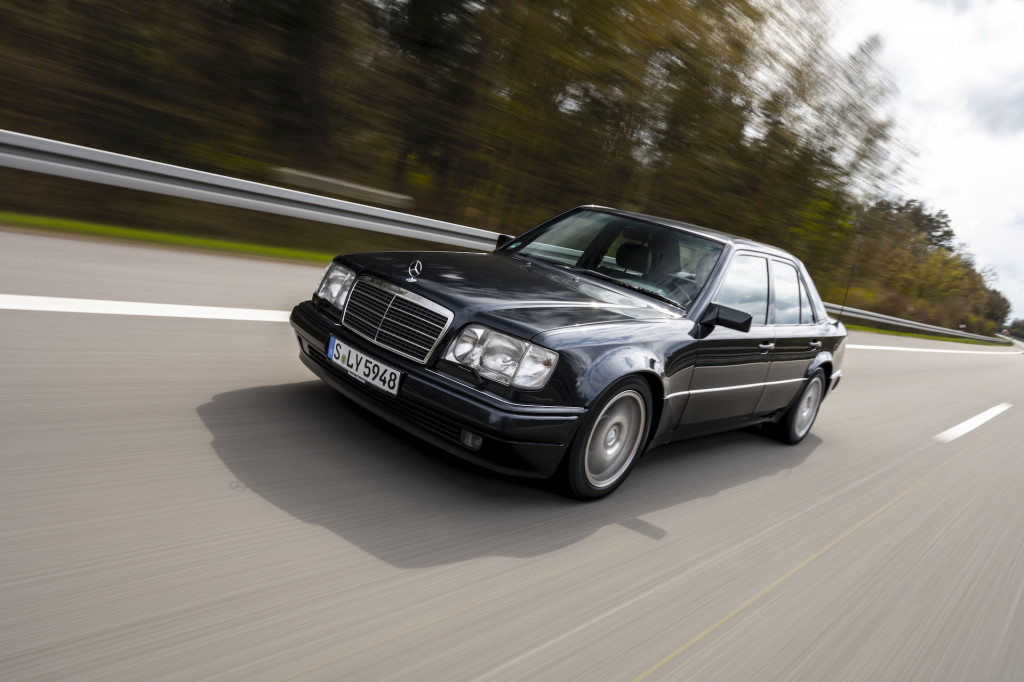
Mercedes-Benz 500 E
To turn the W124 into a performance touring sedan, Porsche engineers reworked much of the body. The new body was 2.2 inches wider than the standard E-Class, and it featured different bumpers with distinctive wings. The cowl and engine compartment were modified to fit the overhead-cam 5.0-liter V-8 from the Mercedes SL 500. Air flowed into the engine compartment through the gaps around the headlights, and the intake had to be modified and insulated because it created too much noise. The whole area under the hood was reconfigured to fit the larger engine, and both engineers said it was an arduous process in the days before CAD. In its final form, the 500 E made 322 hp and 347 lb-ft of torque that could launch it from 0-62 mph in 5.9 seconds on its way to a top speed of 155 mph.
Porsche engineers also moved the battery to the trunk for better weight distribution, lowered the car 0.9 inch, modified the center tunnel for a new exhaust, and installed bigger brakes. Every 500 E was a four-seater because the large rear differential sapped space for a middle rear seat.
The E 500 debuted at the Paris Motor Show in 1990 and production began that year. The build process for the 500 E was complicated. Mercedes provided body parts to Porsche, which assembled the body with additional parts it made. The body then went back to Mercedes for paint, and returned to Porsche for final assembly. The process took 18 days, and Porsche built a total of 10,479 cars by the end of the car's run in April 1995.
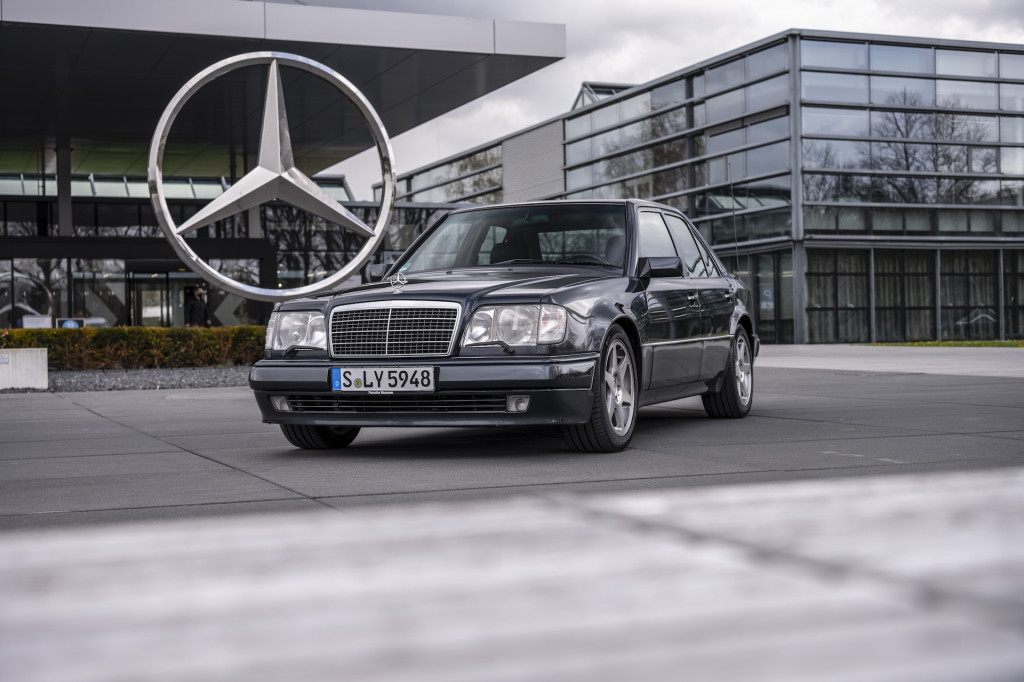
Mercedes-Benz 500 E
Hölscher and Mönig drove an example of the car to mark the 30th anniversary, and Hölscher loved the way it drove, even after all this time. "Its handling is magnificent. The longitudinal acceleration is excellent, the brakes are outstanding and it’s a pleasure to drive this car with its dynamic character," he said. "I really enjoy the beautiful and unobtrusive sound of the eight-cylinder engine.”
That's not a surprise given the exacting standards of both brands. In this instance, Porsche engineering made a Mercedes better, and the project helped keep an iconic but struggling sports car brand afloat.

